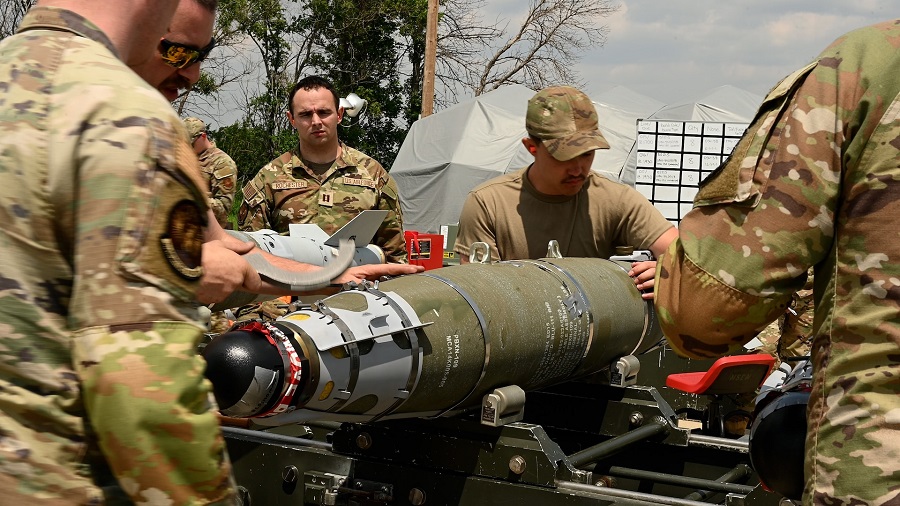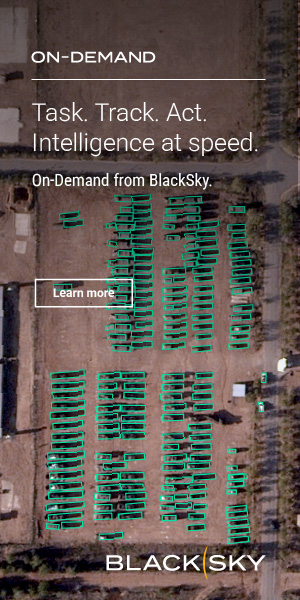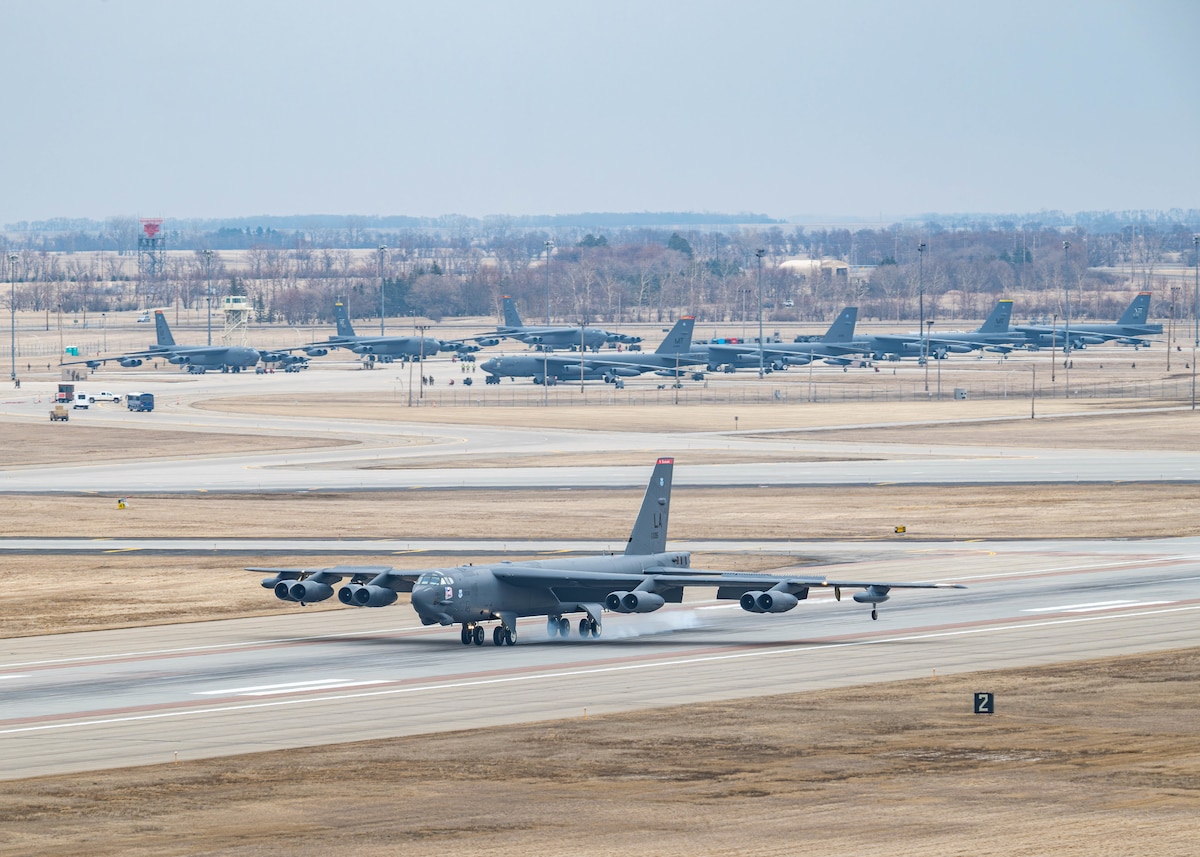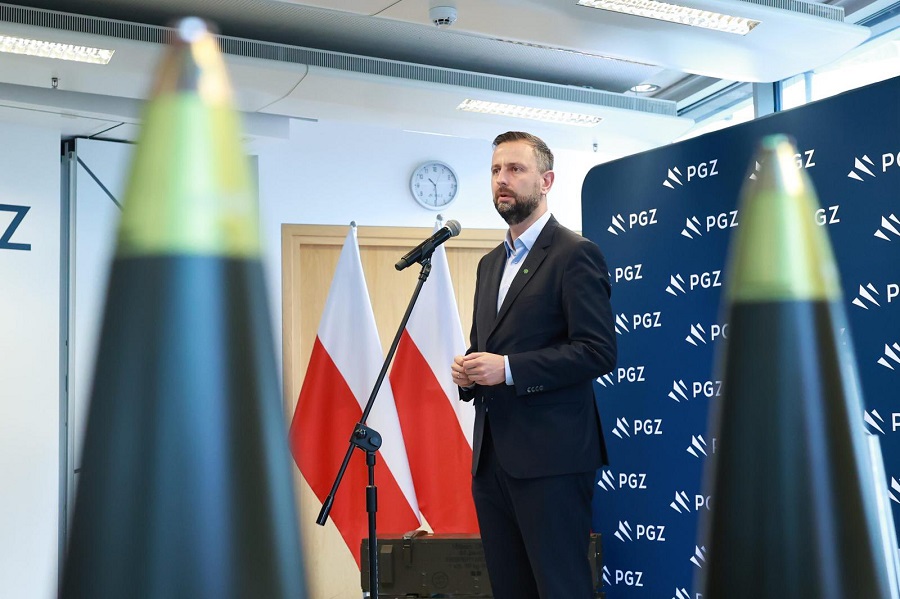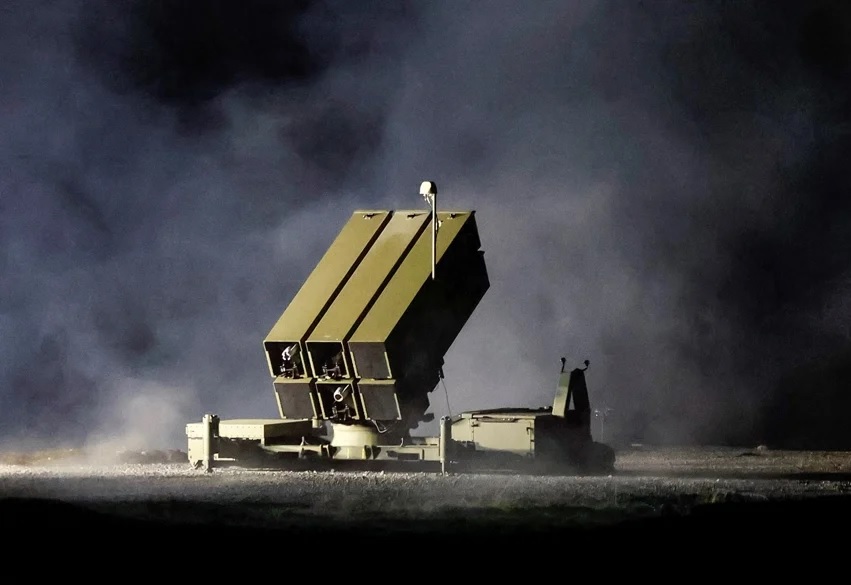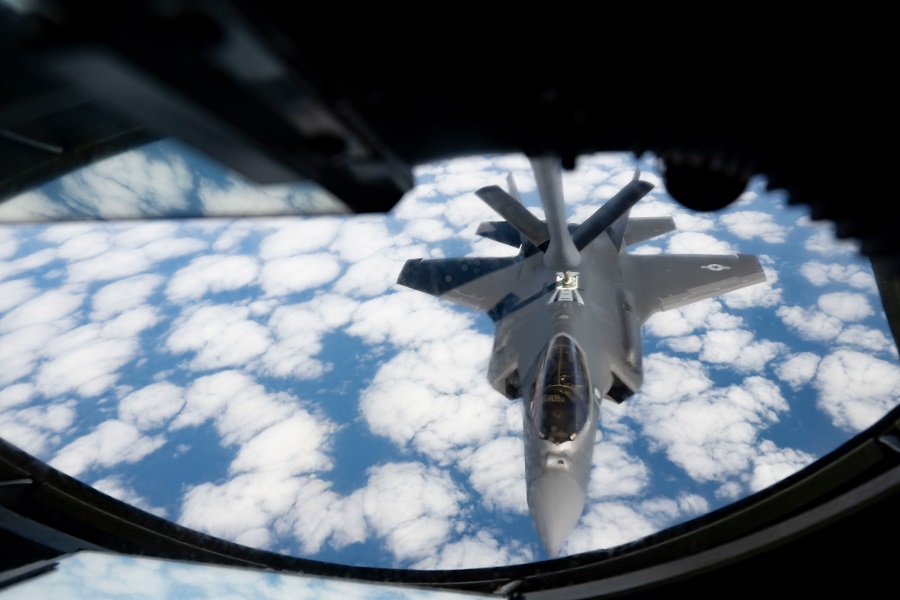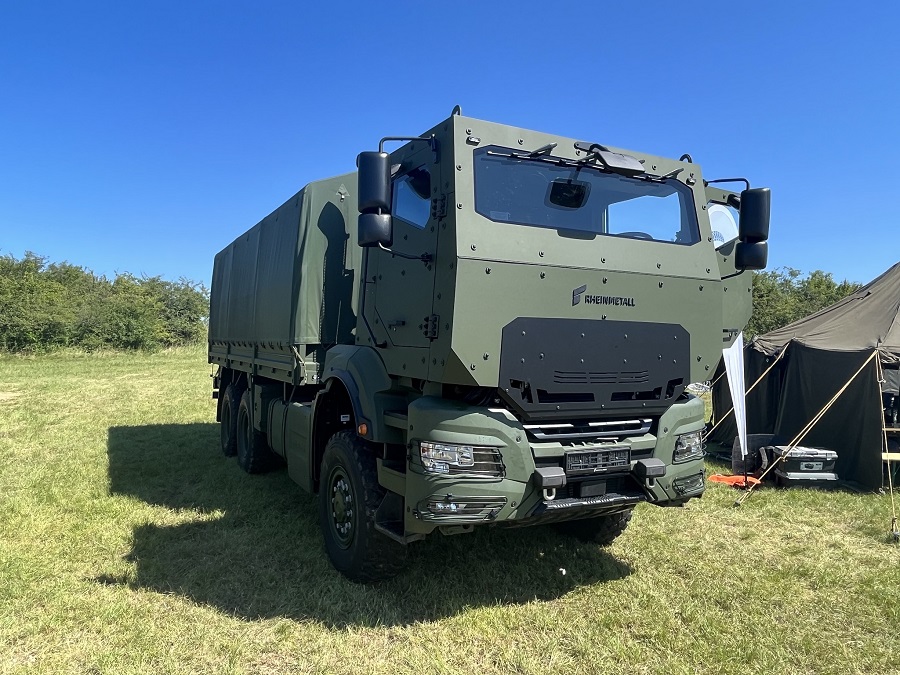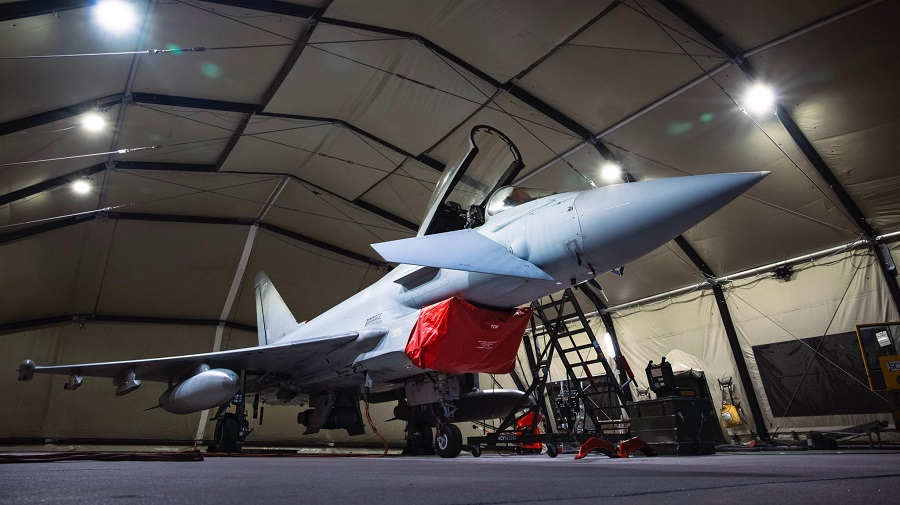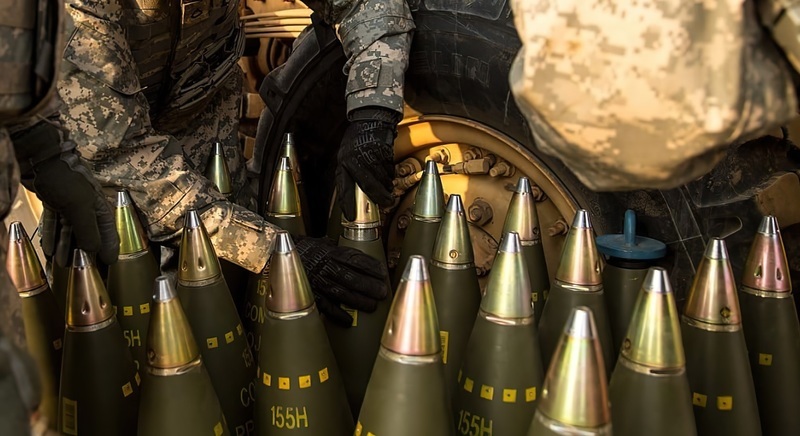Originally initiated by Pacific Air Forces in 1987, CAPEX is designed to evaluate munitions production and validate operational support plans. This year marked the third time AFGSC participated, following previous exercises at Barksdale and Ellsworth Air Force Bases.
Tech. Sgt. Joshua Richardson, training section chief of the 5th Munitions Squadron (5MUNS), described the purpose of the event. “CAPEX is a way for us to build up all of our conventional munitions, get them in, check and see where our faults are, where we can improve and see what our strengths are as well,” he said.
The exercise brought together around 248 personnel from bases including Beale, Kirtland, Malmstrom and Vandenberg. “It was imperative that we had their job knowledge to do all the tear downs and everything else,” Richardson added. “Otherwise, this exercise may not have been as successful.”
Airmen worked on the small bombs pad assembling a variety of 500-pound bomb types, including MK-82 conicals, GBU-38s and GBU-54s. The munitions assembly conveyor (MAC) system was used to streamline the production process from start to finish.
Throughout each stage, 5MUNS personnel demonstrated high levels of technical skill and readiness, according to Richardson. The exercise also included an integrated load operation for the first time, adding further complexity and training value.
“With the CAPEX, we had a load exercise in conjunction, which once again is the first ever,” said Master Sgt. Christopher Standard, 5MUNS munitions operations section chief. “We produced the bombs and then those bombs went out to two B-52s where the load crews had to go through and load every single one of those munitions.”
Standard highlighted the scale and importance of the event. “The CAPEX is an exercise to test how quickly we can produce ammo,” he said. “In its 30-year history, this is the first time it’s come to Minot.”
The team set new records, producing over 350,000 pounds of net explosive weight and assembling more than 1,200 munitions assets—making it the largest output in CAPEX history. This achievement was matched by the hands-on training benefit it provided to less experienced Airmen.
“The exercise was phenomenal,” Standard said. “We had a great time during it and one of the main goals was to get our Airmen actual experience with rapid munitions assembly. Most of them have never done it, so going through these 12-hour shifts over the course of four days, having them build over 1200 munitions really drove home the point of how important it is to learn this stuff.”
Beyond training, the exercise demonstrated the wing’s ability to deliver operational support under realistic threat scenarios. “The training objective for this exercise is to prove to the wing commander and [AFGSC] that Minot AFB can produce bombs, and we can do it on a full scale, as if we are supporting an operational plan or an actual war effort,” said Standard. “We came through, we did it and we succeeded, showing everybody what Minot AFB is capable of doing.”
Richardson noted that the most important benefit was improving Airmen readiness for real-world missions. “The largest mission benefit that we had for this exercise was allowing our young Airmen to come in and get the reps they needed on building different variants of bombs and bomb types then getting them out there on the line,” he said. “We know the conventional mission is the one that’s going to go out the door first.”
With record-breaking results and successful firsts in integrated operations, Minot’s CAPEX has set a new benchmark for AFGSC. “We performed great,” said Richardson. “We brought the boom!”




